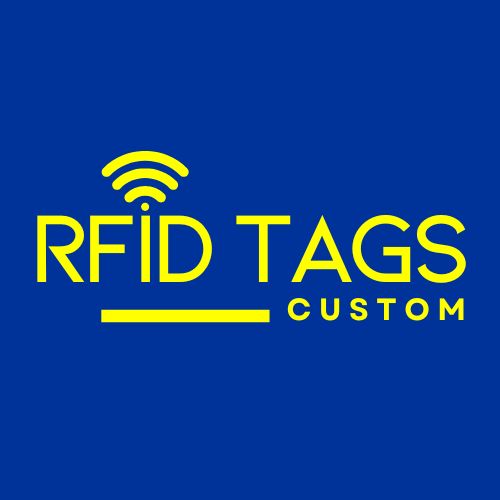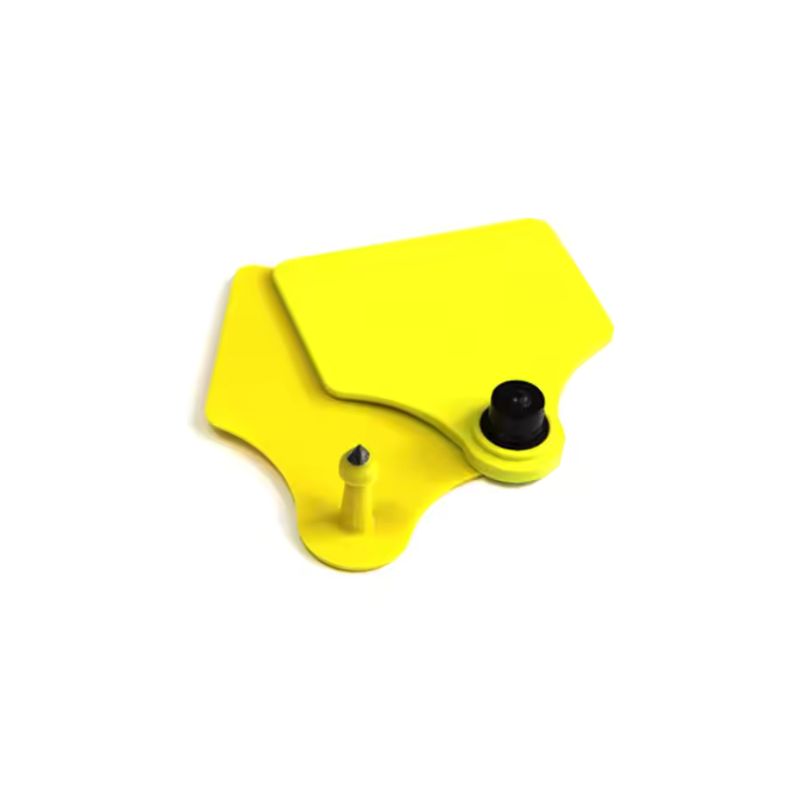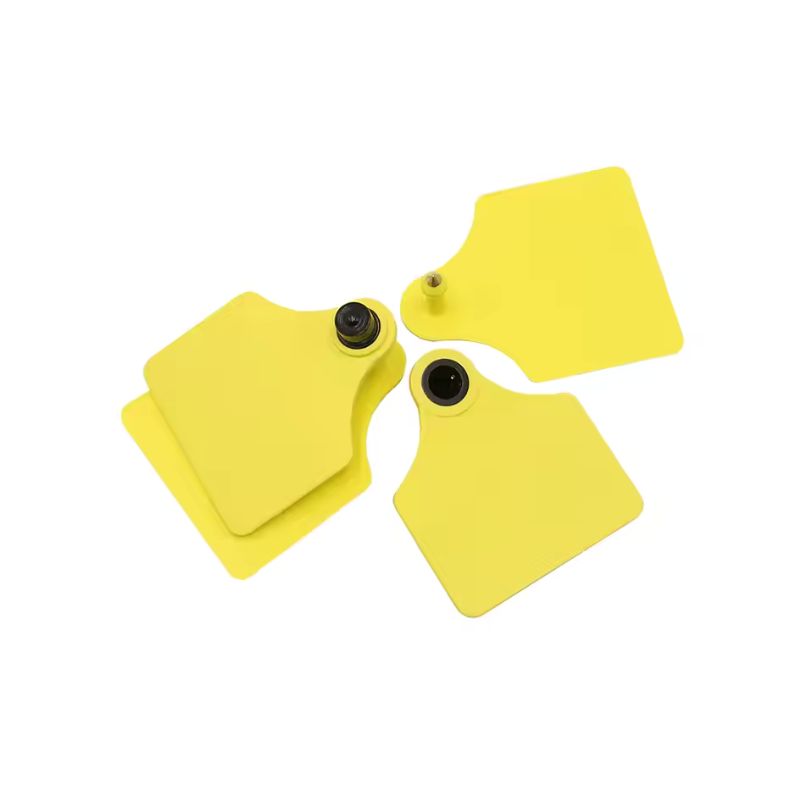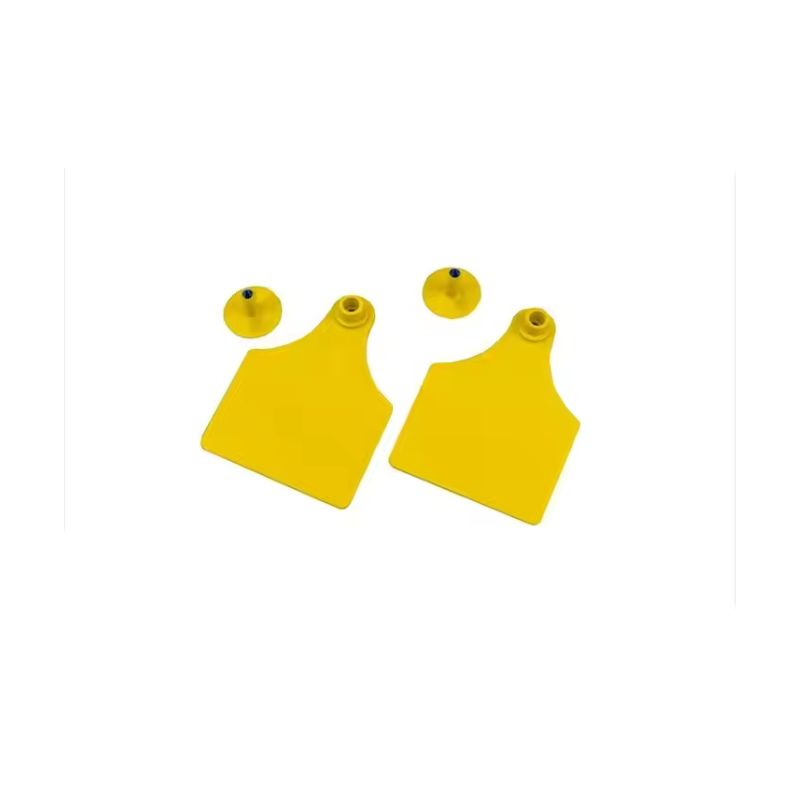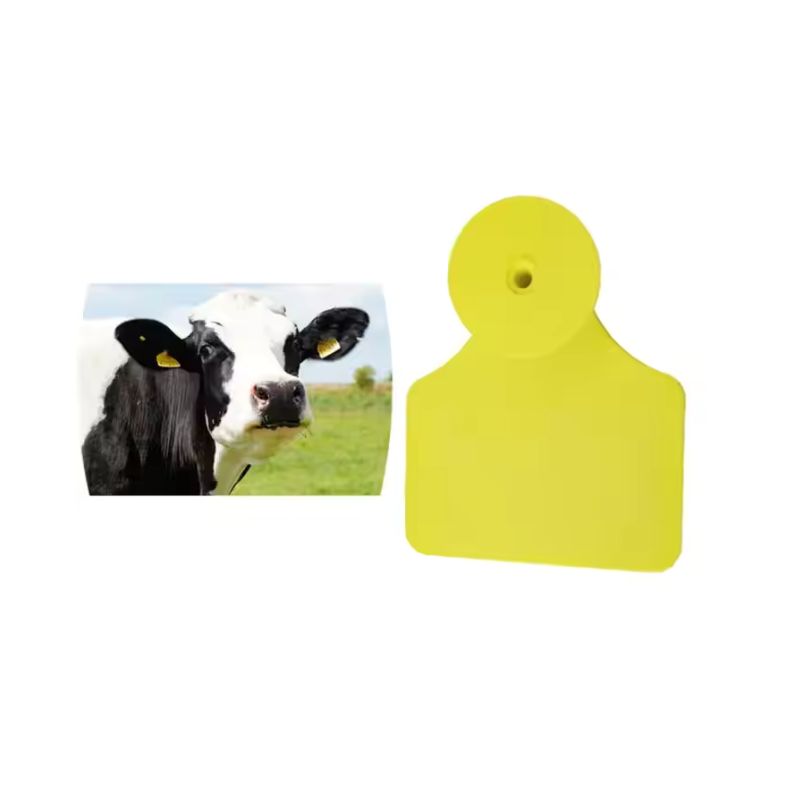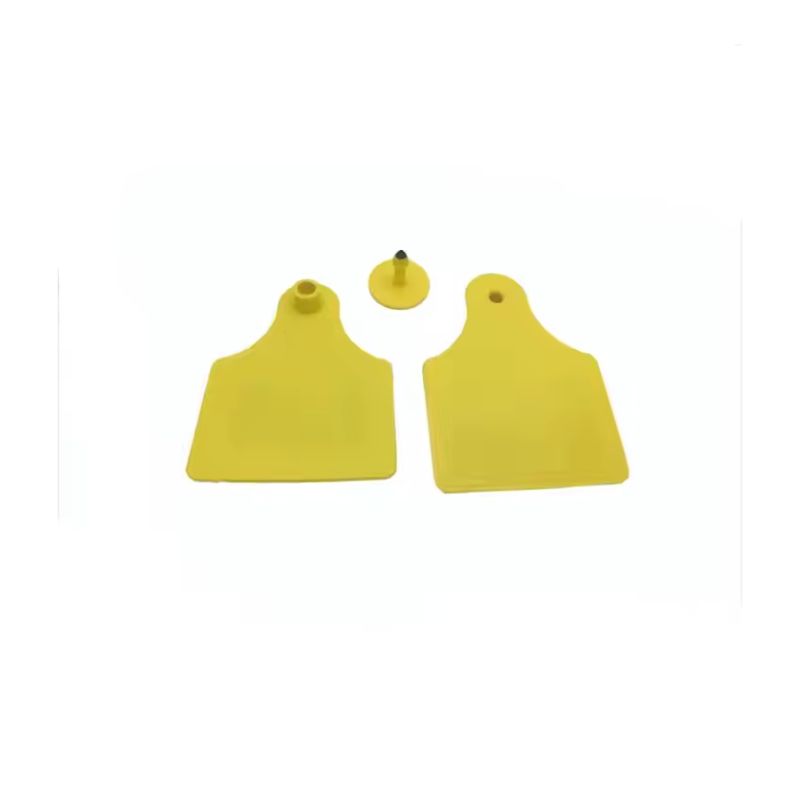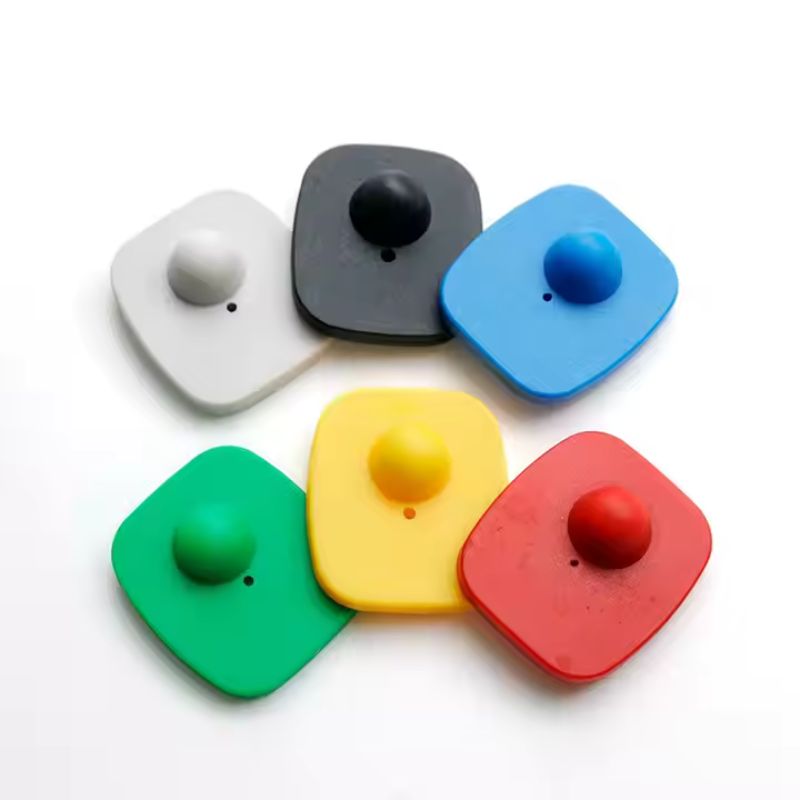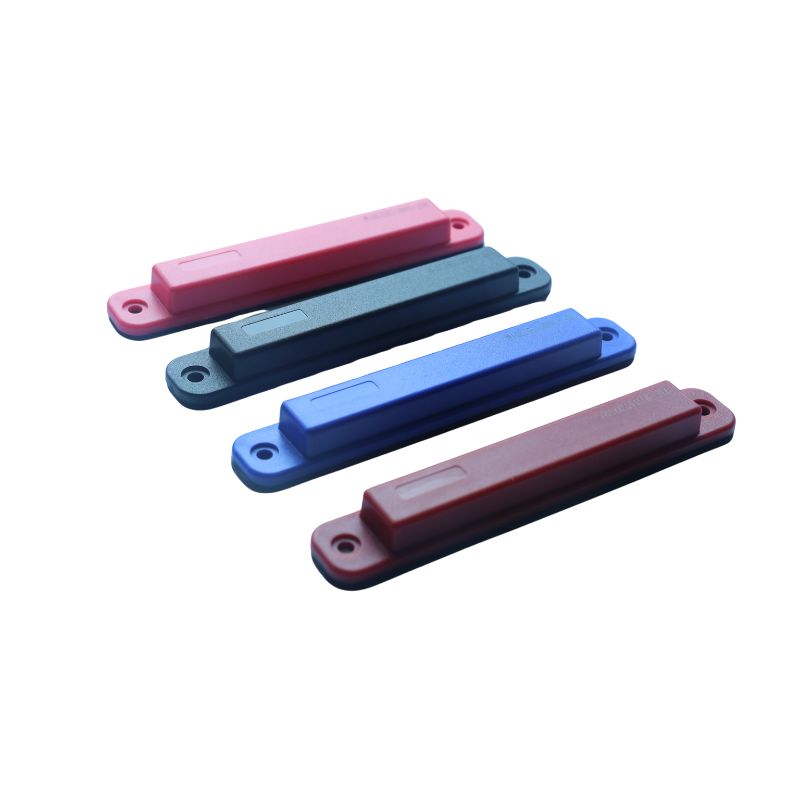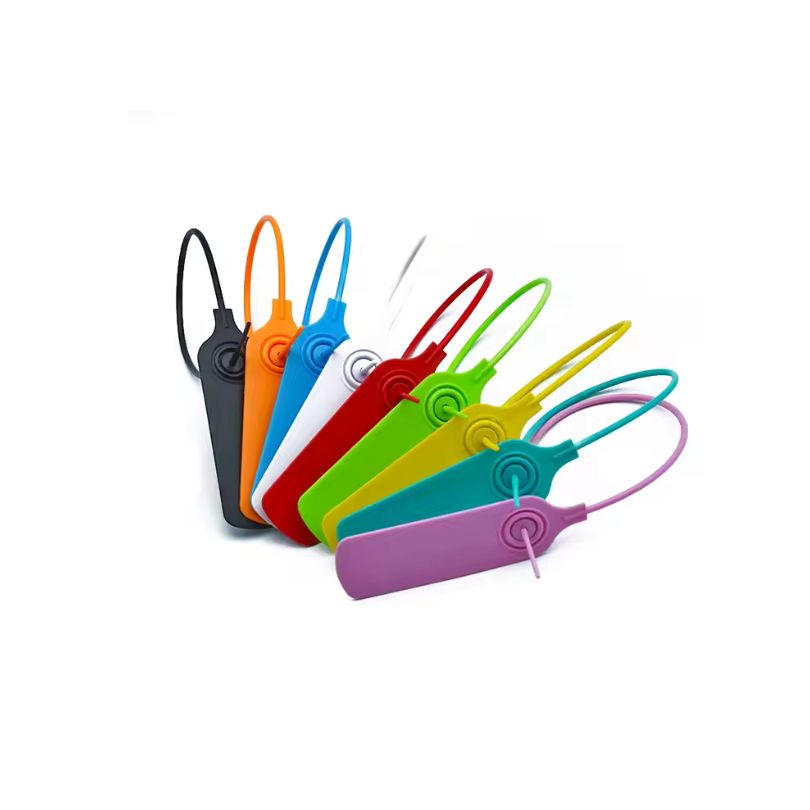Laser Printing Animal RFID Tag for Cattle Identification
Revolutionize Your Cattle Management with RFID Ear Tags
Modern agriculture demands solutions that enhance efficiency and traceability. Our RFID Tag for Cattle for cattle provides cutting-edge livestock identification, ensuring unparalleled traceability and streamlined management.
Compliant with USDA standards and designed for optimal animal welfare, these EID RFID Tags for Cattle are transforming how farmers manage their herd. From improved animal health management to simplified compliance, our RFID Tags for Cattle offer numerous benefits, making them a worthwhile investment.
Understanding the Power of RFID tag for Cattle
RFID (Radio Frequency Identification) technology is revolutionizing the livestock industry. Our RFID tag for cattle uses this technology to allow you to track and manage your cattle more effectively than ever before. The RFID tag process involves embedding a microchip in an ear tag that transmits a radio frequency. This tag is attached to the cattle ear, allowing farmers to identify each animal electronically.
Technical Specifications:
Frequency: Ultra High Frequency (UHF) 860-960 MHz
Chip Type: NXP UCODE series (customizable based on requirement and memory needs)
Memory: 512 bits to 2048 bits (User programmable EPC and User Memory available)
Read Range: Up to 10 meters (depending on RFID reader and environmental conditions). The read range is also impacted by the chute.
Protocol: EPC Global Class 1 Gen 2, ISO 18000-6C compliant.
Material: Durable, UV-resistant TPU (Thermoplastic Polyurethane)
Operating Temperature: -40°C to +85°C
Data Retention: 50 years
Write Endurance: 100,000 cycles
Dimensions: Varies depending on tag type (button, flag, etc.). Common sizes: 30mm diameter (button), 50mm x 35mm (flag)
Ingress Protection: IP68 (dustproof and waterproof)
Unlike visual ear tags, often prone to damage or loss, RFID ear tags offer superior retention and reliability. The tags are encoded and used in radio frequency identification.
Streamlining Cattle Management with EID Technology
EID (Electronic Identification) tags are central to modern cattle management, representing a major advancement over traditional visual methods. With EID tags, you can automate your data recording process, reducing errors and freeing up time. Instead of manually recording data, farmers use an RFID reader to scan the tag, gaining instant access to vital animal information such as age, vaccination history, and breeding records. The EID process helps cattle producers efficiently trace animal health.
These electronic ID systems integrate with platforms like Cattleman, providing a centralized platform for registration and record keeping, improving visibility, and informing decisions about herd health and nutrition. The EID ear tags also ensure compliance with USDA standards.
Enhancing Traceability and Animal Health
Traceability is increasingly vital in the livestock industry. You can track cattle movement with RFID cattle tags, providing valuable insights for consumers and regulators. This enhanced traceability is especially critical during disease outbreaks, enabling quick identification and isolation of affected animals.
Our RFID cattle tags integrate with health monitoring systems, providing real-time alerts regarding potential health issues. By monitoring body temperature and activity levels, you can identify sick animals early, preventing disease spread.
Get Your Custom RFID Tags
As a leading custom RFID tag manufacturer, we craft solutions based on the unique needs of your operation. We offer a wide range of customization options, including material, size, frequency, encoding, and read distance, ensuring each RFID Tag is perfectly customized to your requirements. No matter what application you use RFID tags for, we can provide rugged, reliable RFID tags that meet the highest quality and durability standards. Here are the main ways we customize RFID tags to fit your needs.

Material Selection
Material is key for customizing RFID tags. Plastic works in harsh conditions, while softer materials suit delicate spaces. Different materials also affect signal performance. Pick what fits your use case to ensure your tags last and work reliably.

Customized Size
Size shapes usability. Small tags fit tight spaces or tiny items, while larger tags are easily read. In crowded areas, sleek tags prevent clashes. Align shape and dimension with your goods for visibility, convenience, and performance.

Frequency Requirements
Choose LF, HF, or UHF based on read range, speed, and interference. LF and HF resist metals and liquids but have shorter ranges. UHF offers an extended range yet may face signal blocks. Match frequency to your environment for reliable performance.

Reading Distance
Define the distance at which you have to read the tag. Short distances work for retail checkouts, while warehouses may need meters of coverage. Antenna design, reader settings, and power outputs affect range.Adjust these factors to capture data accurately at the distance you need.

Encode
Plan how data is stored on each tag. Some only hold an ID, while others contain detailed info. Decide if you need a simple EPC or added user memory. Ensure your chosen format works with existing software. Proper encoding streamlines processes and slashes errors.

Application Environment
Consider real-world conditions. Temperature swings, humidity, and chemicals can degrade tags. For outdoor use, opt for UV-resistant casings. In healthcare or food settings, ensure compliance with safety rules. Matching your tags to the environment maximizes their lifespan.
Related Products
Customize any RFID tags from our factory to meet your requirements.
